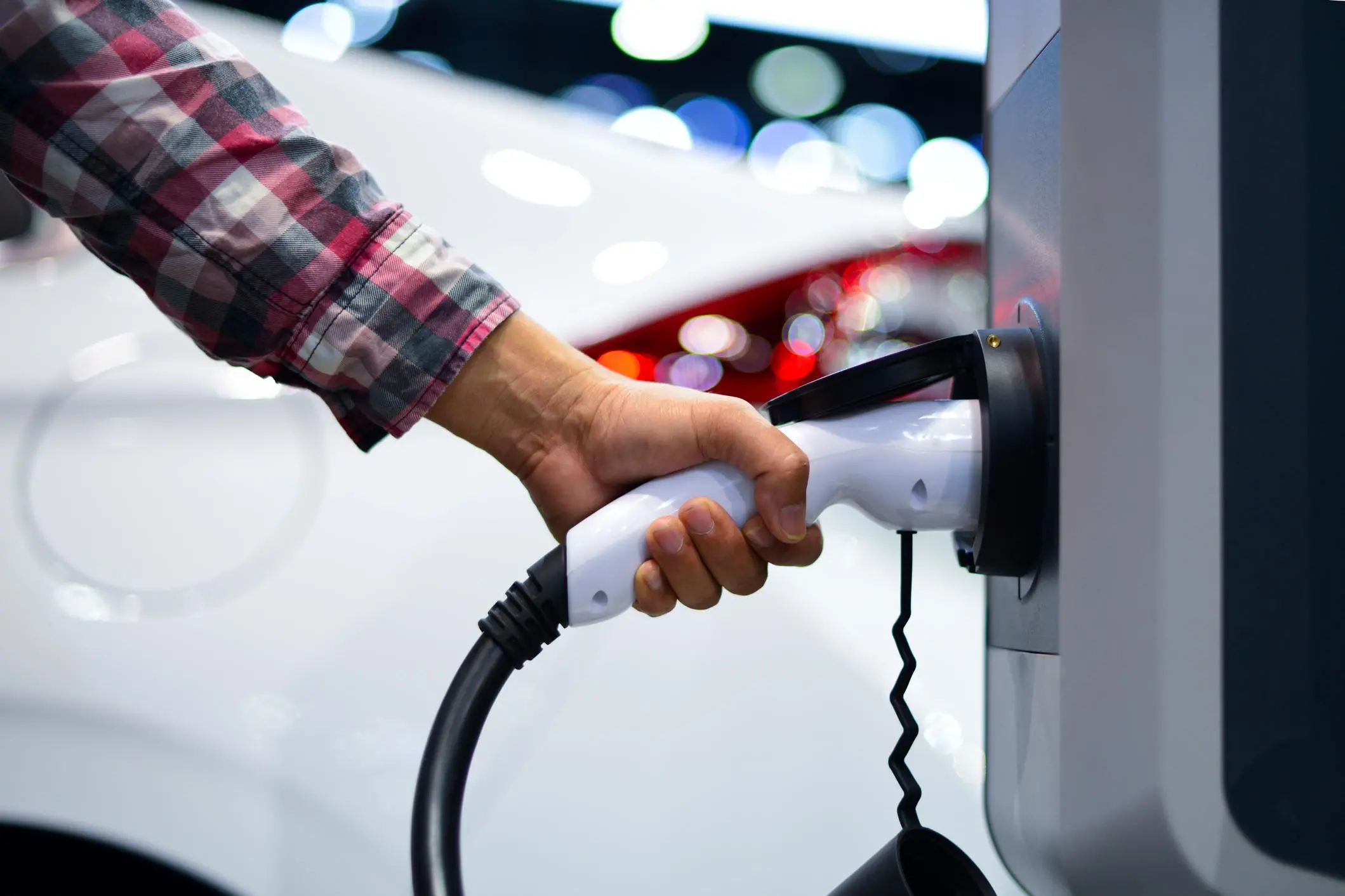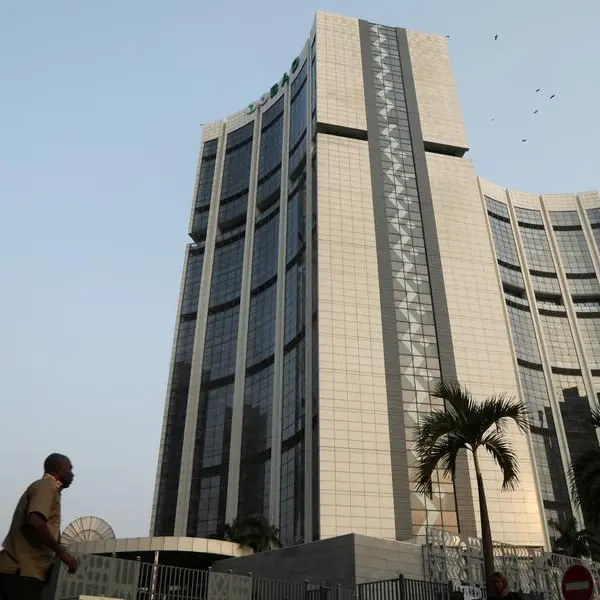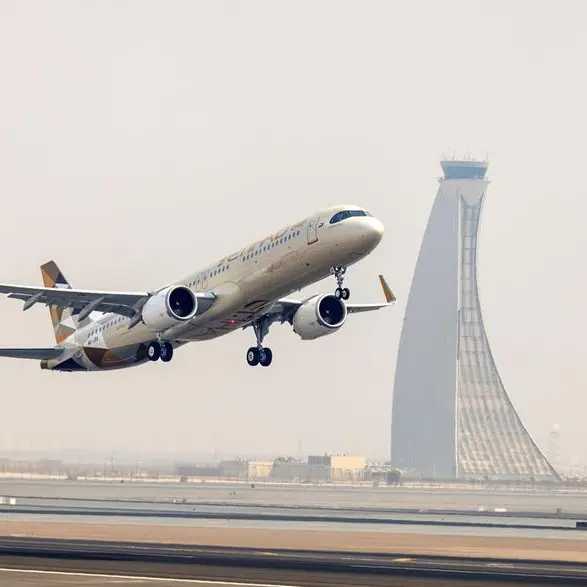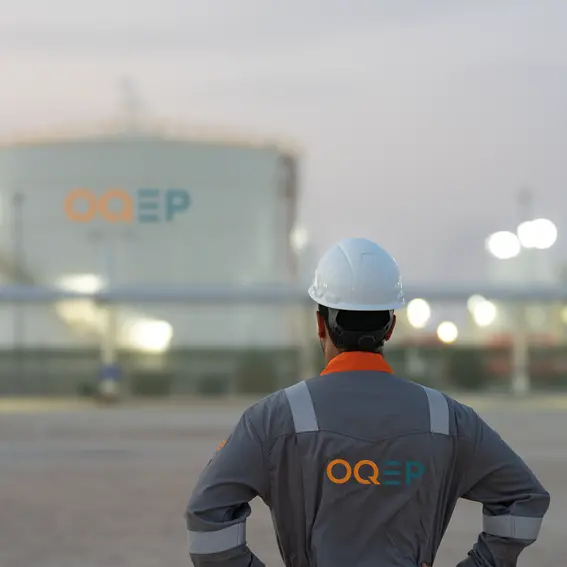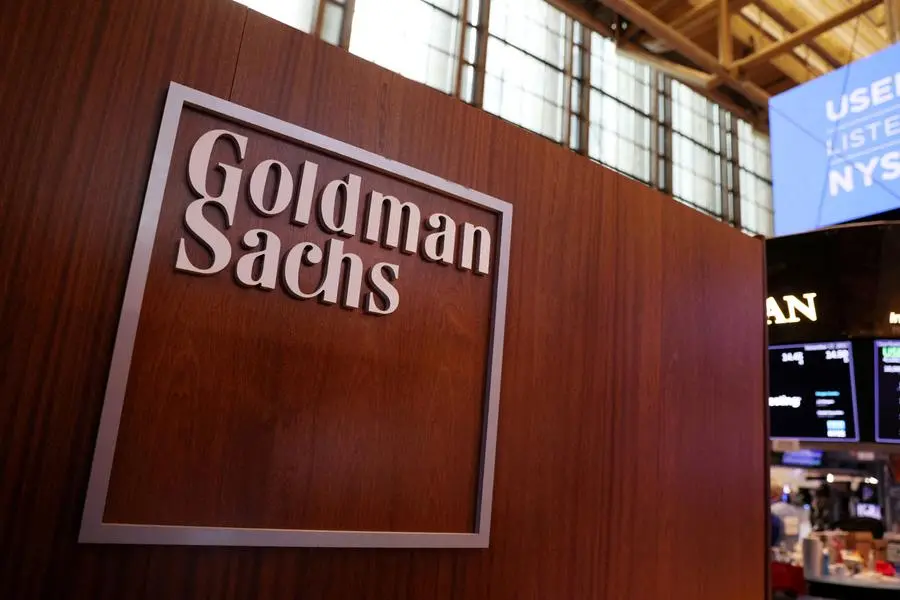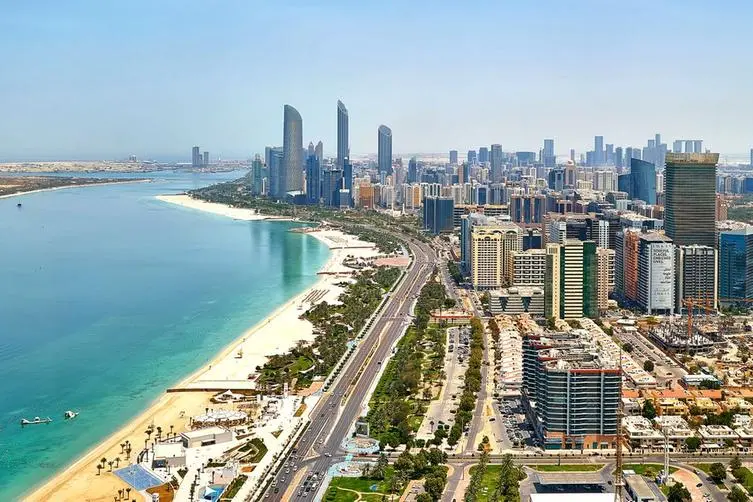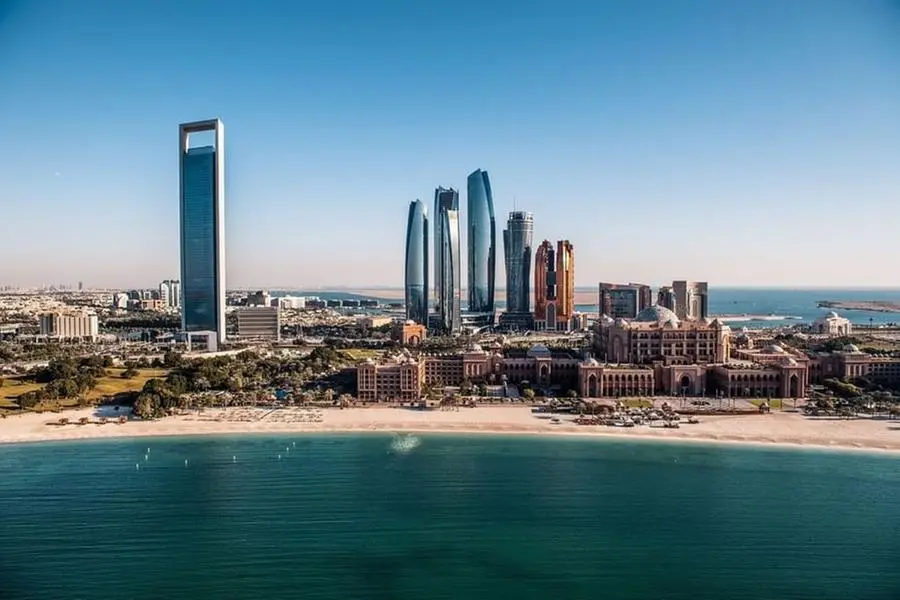PHOTO
With local interest in electric cars growing fast, you've no doubt wondered just how far such a vehicle is capable of travelling on a single charge in real-world South African conditions at a steady 120 km/h. Well, thanks to AutoTrader's new Annual South African Electric Car Test, we have insightful answers to this very question.
With local interest in electric cars growing fast, you’ve no doubt wondered just how far such a vehicle is capable of travelling on a single charge in real-world South African conditions at a steady 120 km/h. Well, thanks to AutoTrader’s new Annual South African Electric Car Test, we have insightful answers to this very question.
The inaugural benchmark initiative was conceived by AutoTrader to stimulate consideration of and demand for electric vehicles (EVs) in South Africa by providing content that is both educational and entertaining. It put three locally available EVs, namely – the Jaguar I-Pace, BMW i3s and MINI Cooper SE – to the test in a first-of-its-kind, simulated open-road range assessment before introducing a separate city driving element. To make the test relevant to more South Africans, the test concentrated on new EVs priced below the R2.5m mark.
As the largest digital automotive marketplace in South Africa, AutoTrader enlisted a range of high-profile drivers to take part in the test, including Jason Goliath, Nicholas Goliath and Donovan Goliath, who naturally provided plenty of entertainment. Despite their love for all things motoring, the Goliaths were largely unacquainted with EVs before the test and were thus able to provide a fresh perspective on this increasingly important method of propulsion.
Respected motoring journalists Juliette McGuire and Richard Nwamba, meanwhile, brought the requisite experience and knowledge of EVs to the test, as did AutoTrader CEO George Mienie, who has been living with a Jaguar I-Pace for nearly a year, providing many insights as one of the country’s pre-eminent thought leaders on the subject of battery-electric cars.
The first part of the test took place at the Gerotek High Speed Oval, where a national benchmark for each of the three EVs was set. This laid down a historical reference point to look back on and affords consumers the opportunity to evaluate battery performance advancements as more EVs arrive in the local market each year.
While the maximum claimed range of any given EV is well advertised, the new test provides an indication of just how far consumers would be able to go on a single charge if they were driving non-stop at the national speed limit on a characteristically hot day in South Africa.
Whereas the Worldwide Harmonised Light Vehicles Test Procedure (WLTP) cycle that automakers use to calculate advertised range includes a combination of urban, suburban, rural and highway driving scenarios (a dynamometer driving cycle does not always account for wind resistance), as well as prescribed acceleration phases and a set number of stops, the first part of the AutoTrader test concentrated solely on open-road driving. It thus removed regenerative braking – a recovery system that redirects what would otherwise be lost kinetic energy back into the battery during deceleration, boosting overall range and rendering EVs especially well suited to stop-start city driving – entirely from the equation.
Considering it has the greatest net battery capacity at 84.7 kWh (this is effectively the usable portion of the standard 90 kWh pack) and a claimed upper-end range of 470 km, it’s little surprise the Jaguar I-Pace achieved the most impressive distance on the day, circling the Gerotek High Speed Oval in Gauteng for a total of 277 km, 311 m at a true average speed of 119.9 km/h.
This sort of range could be equated to driving from Johannesburg to Pretoria and back twice, with zero traffic and still having plenty of mileage to spare. According to PlugShare, there are as many as 71 charging points within a 3.2 km radius between these two points, illustrating the fact that South Africa’s larger metropolitan areas are better stocked with charging options than many might believe.
The BMW i3s e-drive REx (the test was conducted with this variant’s range-extender fuel tank emptied) finished on 168 km, 527 m, with its GPS-verified average speed settling on 120.02 km/h, while the MINI Cooper SE was just behind on 147 km, 730 m at a true average speed of 119 km/h.
With net battery capacities of 37.9 kWh and 28.9 kWh and advertised ranges of 285 km and 215 km respectively, these two new-energy hatchbacks were designed to excel at city driving rather than out on the open road, so their final results were by no means underwhelming, particularly when one considers the average daily commute for South African car drivers is a mere 22 km one way.
The three sub-R2.5m EVs available to purchase in South Africa at the time of the open-road simulation were driven in their respective eco modes – Eco for the I-Pace, Eco Pro in the case of the i3s and Green for the Cooper SE – from a fully charged state (98% to be precise), with each one’s air-conditioning system set at 21°C on auto (the ambient temperature at the track on the day was recorded as 28°C).
“While we believe it’s important to set an official benchmark in South African conditions rather than relying on typically cooler European testing scenarios, our broader aim is simply to educate local consumers. Range anxiety is a hurdle many potential buyers face and this test will help them form a better understanding of the variations in range when it comes to EVs, ” explained AutoTrader’s CEO, George Mienie.
The second part of the initiative took the form of a city driving test, giving all three vehicles the opportunity to shine. In contrast to the main benchmark test, this fun element was conceived to broadly test each car’s capability to travel distance on a single charge, this time including regenerative braking. Conducted on a 260 km route combining smaller city roads and freeways between Randburg and the Gerotek facility, this activity placed more emphasis on entertainment than scientific rigour, and furthermore included shootouts at Rhino Park to allow the participants to enjoy the vehicles’ sportiest driving modes.
“Owing to our familiarity with traditional petrol- and diesel-powered vehicles, we’re used to equating stop-start city driving with high fuel consumption, and highway cruising with better economy, but the opposite in fact proves true for electric cars. This is the sort of interesting information both elements of our test highlight, helping inform consumers as EVs become more widespread in our market,” said Mienie.
All rights reserved. © 2022. Bizcommunity.com Provided by SyndiGate Media Inc. (Syndigate.info).
